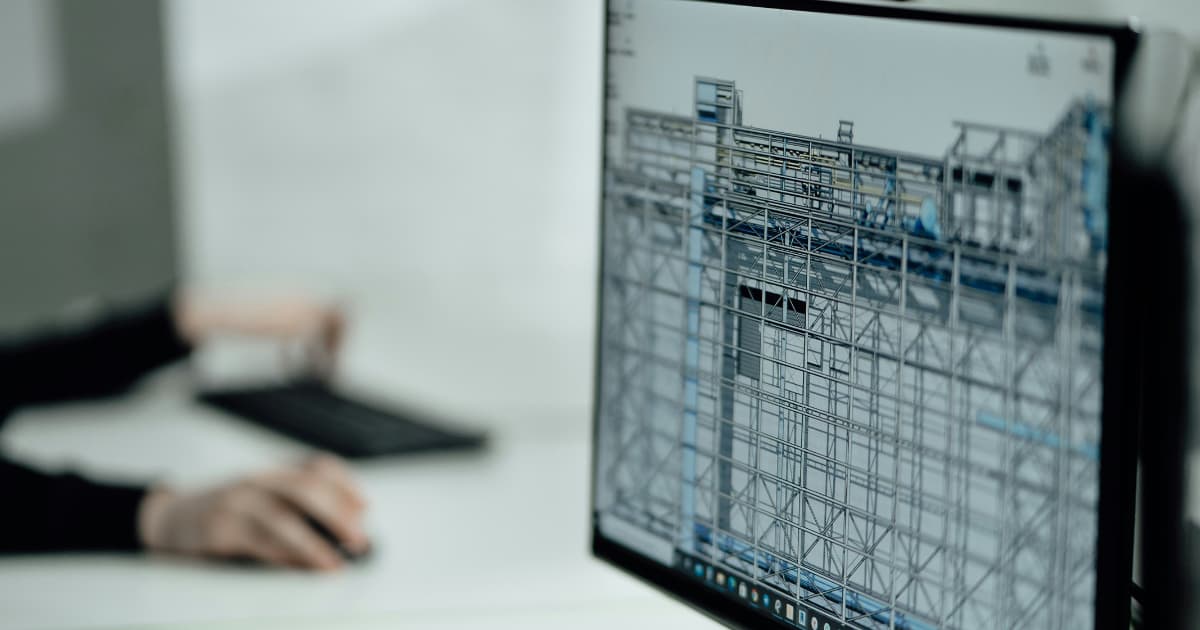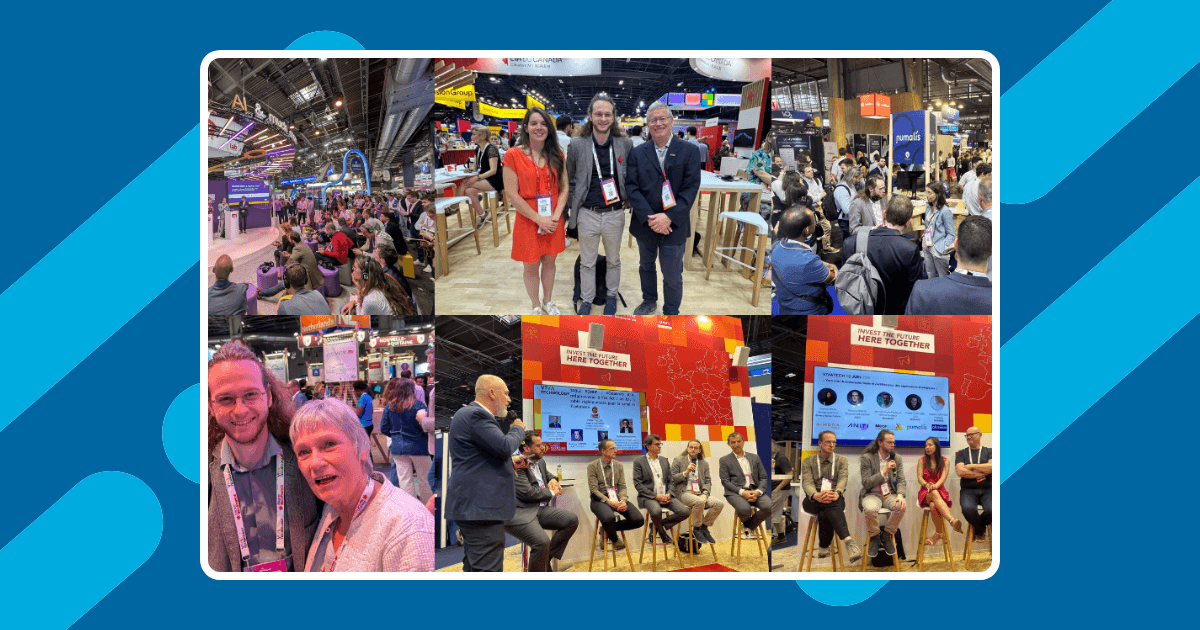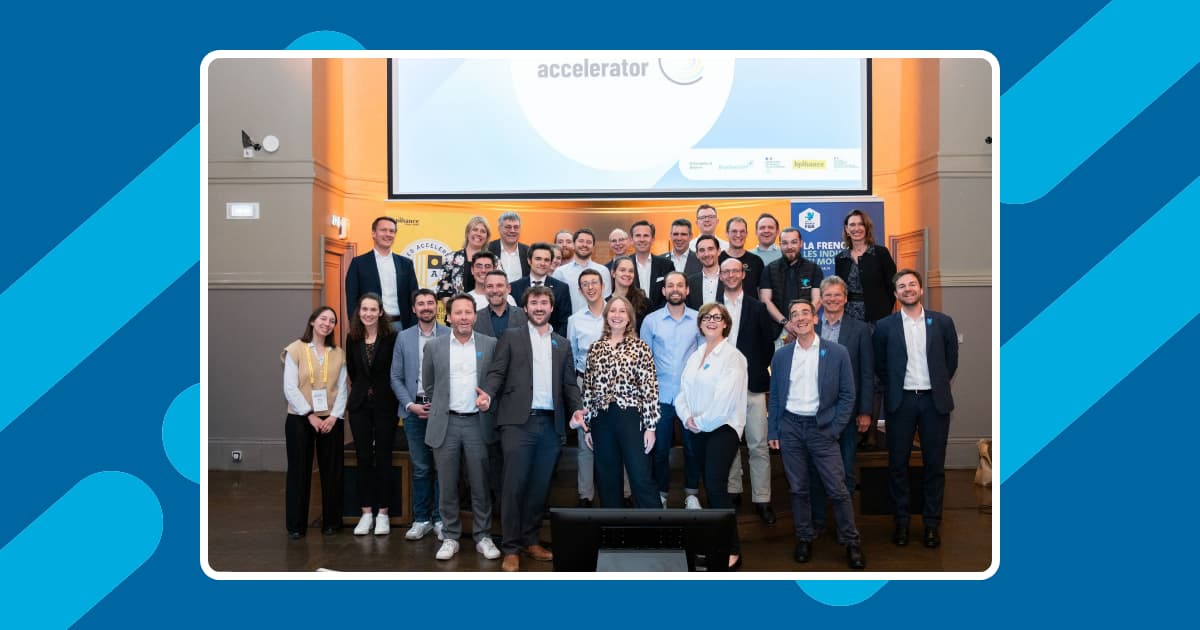Despite significantly contributing to the world economy, the construction industry still lags behind industries like manufacturing in technology adoption. The resistance to change adversely affects the sector due to inefficiencies in traditional methods. However, since the early 2000s, the adoption of Building Information Modeling(BIM) software has been a bright spot, continuing to gain widespread acceptance, especially for big projects.
BIM provides a comprehensive way to manage a project’s information. The different kinds of data help create a digital representation of the project, which is helpful throughout the project’s lifespan. It has profoundly impacted the construction landscape, from project design to execution and operations.
It’s possible to plug other software into BIM. This makes it possible to use an AI-based app to leverage the data found in the software. The fusion of BIM and AI promises to revolutionize BIM processes, boosting workflows like cost estimation and designing.
Ways AI and BIM Impact the Construction Industry
AI’s key advantage to BIM is its ability to analyze vast datasets and extract actionable insights. Combined, the two offer unique ways to overcome conventional practices through data-driven and automated frameworks.
Predictive Analytics
BIM provides historical and current project data that can be used to train predictive models. Machine learning(ML) algorithms like decision trees(DT), neural networks, and random forests(RF) can build a model depending on the predictive solution envisioned1.
Here are some ways BIM data can augment predictive analytics in construction projects:
- ML techniques can analyze historical and real-time data to anticipate risks and delays. BIM-AI can forecast potential disruption to schedules through weather or supply chains.
- BIM can collect data from cameras, IoT sensors, and devices embedded in building and construction equipment. An AI solution can leverage this real-time information to forecast scenarios like equipment malfunction or structural component deviations.
- AI-based predictive analytics can help stakeholders estimate overhead expenses such as administrative and equipment expenses.
AI-based Clash detection and resolution
Clash detections help identify deviations or conflicts between different elements, such as plumbing and electrical systems in a building2. Construction managers can use BIM to spot these clashes early on. However, the process can be manual and time-consuming.
The Journal of Construction and Management reported that AI slashes design clashes by 75%3.
AI can detect clashes and resolve them automatically. It can scan building models, detecting potential deviations and inconsistencies early. The swift resolution of these conflicts guarantees seamless progress of construction processes.
Using rule-based detection techniques, AI-powered tools can analyze building codes, industry standards, and project-specific guidelines4. Through the analysis of digital models, construction teams can proactively identify and resolve issues before they evolve into costly errors during the construction phase.
AI-driven cost estimation
Effective cost management is a key component of construction projects, boosting the chances of successful project completion.
Material cost determination and management
Manual takeoffs are prone to errors, resulting in project delays and extra expenses5. Conversely, BIM provides computable building information, such as material takeoff, which is more accurate. Such information helps determine suitable construction materials and ensures the required quantity meets the requirements.
AI can automate the process of quantifying materials and cost estimation. AI-driven solutions can determine the quantity of material and estimate costs. With external data such as market trends and pricing data, such systems can help make informed decisions on the best suppliers, delivery timelines, and optimal costing.
BIM-AI solutions can take a step further and help monitor material usage in real time. As project managers seek optimal project costs, such solutions can help order materials quickly while avoiding over-ordering or shortages6.
Labor cost management
Construction labor costs can account for 20%-40% of the total project costs7. 3D BIM models don’t have cost estimation capabilities. However, they can be connected to cost databases for automated cost estimation8.
AI-powered cost-estimating tools can analyze labor from past projects, working out cost variables such as skill and overtime patterns. Such tools can help sequence the workforce depending on the project requirements. Additionally, they can augment labor cost tracking by monitoring worker productivity and performance.
Automation of building asset management
BIM serves as a central repository for asset data through all construction phases. Data is derived from IoT devices embedded in the assets and integrated into the BIM model. It tracks asset characteristics, including its history, size, dependencies, and operation.
The embedded sensors can capture asset characteristics like temperature, humidity, and performance. AI models can process these data points to monitor whether assets operate optimally or beyond allowed thresholds.
For example, sensors tracking concrete curing temperatures can provide data via BIM models to AI solutions, which can detect curing variations. Real-time monitoring using AI can highlight areas that need immediate remediation.
AI models can help asset managers make proactive decisions. Using historical and current operational metrics, AI can process this data to predict potential problems.
Risk mitigation
Multiple issues are set to arise with numerous subcontractors working daily on a site. Problems are assigned to the relevant parties and tracked until closure. All these issues are stored on the BIM to give an accurate and reliable status of the project.
AI techniques like computer vision, image recognition, and pattern recognition are used to analyze the data captured on site. Issues identified can be flagged and assigned to the subcontractor responsible. For instance, BIM 360 uses AI algorithms to understand and forecast complex issues like improper flashing of windows, which could cause water infiltration into a building9.
Besides identifying risky issues, an AI-driven system can analyze the problems and assign a risk score. For instance, the BIM 360 considers a subcontractor’s history, workload, and priority index. It captures the depth of exposure the issue might pose to the project and assigns it a relevant score.
Enhanced project scheduling
BIM enables collaboration between project stakeholders by providing a shared data environment. Schedule data can be assigned to model objects while also determining how they relate to other objects. Early engagement ensures project dependencies are mapped out to resolve potential scheduling challenges.
BIM-AI integration can bring significant advantages to the process of BIM construction scheduling. AI models can analyze internal and a suite of external factors, such as weather disruptions and labor shortages, which BIM does not have visibility over. Different conditions can be assessed and simulated to see their impact on the project schedule.
Stakeholders can explore different scheduling plans and proactively set up contingency plans. AI-driven systems can also analyze data and advise project managers on potential show-stoppers or ways to accelerate the project.
Generative designs and documentation
Generative AI can help eliminate some of the repetitive and labor-intensive processes in the BIM workflows. It can generate designs and documentation from data and parameters available in BIM.
For instance, AI models can generate multiple design permutations based on specified input. The designs can be evaluated based on different factors, such as structural configuration.
Generating various designs using different configurations can help stakeholders pick unique and functional designs. For instance, Autodesk designed its Toronto office block using generative design. The model was able to consider high-level constraints like work style preferences and high-performing workspace10. It output various designs considering all the parameters specified.
Using natural language processing(NLP), AI can automatically generate documentation. For instance, an app by Plannerly, an AI-based startup, can automatically generate structured documentation such as contracts, standards, and legal agreements on BIM11.
Challenges and opportunities of AI in BIM
Multiple complexities hinder the adoption of BIM-AI despite the integration holding transformative potential.
Cost remains a significant impediment to the uptake of BIM software, especially for small contractors. Apart from purchasing the software, contractors must train or acquire new expertise competent in using BIM. AI tools can be added as add-ons or integrated into BIM, which requires additional operational expertise and cost.
Construction sites are dynamic environments involving multiple stakeholders. Projects may demand customized algorithms to tackle specific problems at different scales. Additionally, training accurate AI models requires extensive and quality datasets, which may be limited in the construction industry. Creating these models will also require domain-specific knowledge and a deep technical understanding of AI and BIM.
Integrating BIM and AI introduces new challenges because each technology has its protocols and standards. BIM generates multiple data formats, including spatial relationships and geographic information. The lack of standardization presents interoperability issues, limiting integration.
Despite these challenges, the future of BIM-AI looks promising. AI continues to advance, and we could soon witness AI assistants for construction managers. These assistants could work in the background, in partnership with stakeholders, analyzing BIM data and answering queries over this information.
Conclusion
Apart from automating mundane tasks, AI can advance other BIM capabilities. BIM primarily acts as a data storehouse over the entire lifecycle of construction projects. AI and ML can analyze the data to uncover hidden insights across all data.
BIM-AI integration proves beneficial for tasks like advanced clash detection, risk management, and predictive analytics. However, this integration is not without challenges. Principal concerns include cost and interoperability issues. As both BIM and AI advance, the future looks promising.
- Machine Learning Models for Precise Predictive Analytics – Stefanini ↩︎
- Glossary | Clash Detection ↩︎
- 10 Ways BIM and AI are Going to Impact the Future of the AEC Industry – InApp ↩︎
- How AI is transforming the BIM experience for a client ↩︎
- BIM and Cost Estimating ↩︎
- Integrating Building Information Modelling (BIM) and Artificial Intelligence (AI) for Smart Construction Schedule, Cost, Quality, and Safety Management: Challenges and Opportunities ↩︎
- Labor vs material cost in construction: 6 things to keep in mind ↩︎
- Construction Cost Prediction by Using Building Information Modeling ↩︎
- The Rise of AI and Machine Learning in Construction | Autodesk University ↩︎
- Generative Design – Toronto Technology Centre ↩︎
- Plannerly ↩︎







